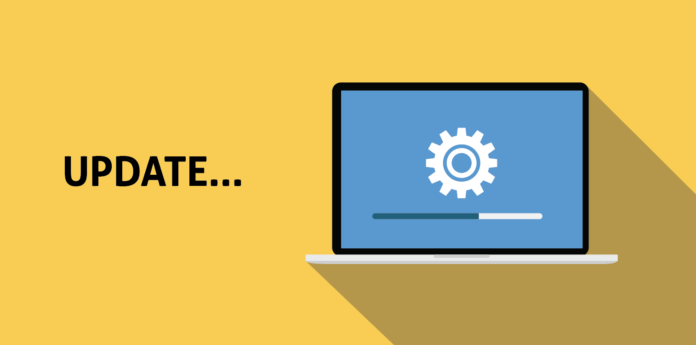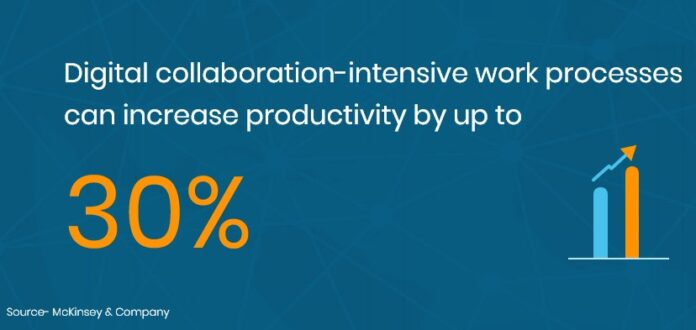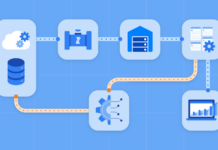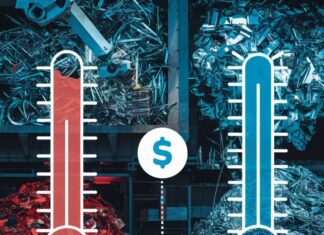Maintenance is one of the most critical aspects of any business that deals with equipment. However, traditional methods of managing maintenance can be time-consuming and tedious, often leading to delays and downtime.
In fact, according to a report by Aberdeen Group, unplanned downtime costs industrial manufacturers an average of $260,000 an hour. That’s a whopping $2.5 billion in lost productivity per year.
As businesses continue to navigate the ever-changing landscape of technology, more and more are turning to cloud-based equipment maintenance software to streamline their maintenance processes.
Cloud-based solutions offer numerous benefits, including real-time access to data, increased collaboration, and reduced costs.
In this article, we will explore the various benefits of switching to cloud-based equipment maintenance software and how it can help businesses of all sizes and industries achieve optimal efficiency and productivity. So, let’s dive in and discover the power of cloud-based maintenance solutions.
Unlocking the Advantages: Why Businesses Should Consider Adopting Cloud-Based Equipment Maintenance Software

The rise of cloud-based equipment maintenance software and powerful field service CRM software has revolutionized the way organizations manage their assets. Below are the five key benefits of switching to cloud-based equipment maintenance software. These benefits range from improved visibility and accessibility to enhanced collaboration and data analytics.
1. Say Goodbye to the Blind Spots
Switching to cloud-based equipment maintenance software offers businesses improved visibility and accessibility to maintenance-related data.
The challenges it addresses: Using traditional maintenance management methods, where data is often scattered across multiple systems, makes it difficult to track equipment performance, maintenance history, and asset location.
This is due to improved visibility, enabling maintenance teams to identify issues early and take proactive measures to prevent equipment breakdowns or failures.
To ensure this benefit, businesses must adopt best practices:
- Use cloud-based maintenance software for better data visibility and accessibility.
- Capture real-time data to track equipment performance, maintenance history, and asset location.
- Make informed decisions using centralized maintenance data.
- Proactively prevent equipment breakdowns and reduce downtime.
- Identify issues early to reduce unplanned downtime.
2. Gets Your Team On The Same Page:

As teams work across different locations, departments, or shifts. These challenges often lead to communication gaps, delays in task completion, and ultimately, reduced productivity.
Cloud-based equipment maintenance software addresses these challenges by providing real-time access to maintenance data and collaboration tools. It enables teams to share information, collaborate on maintenance tasks, and provide updates in real time, regardless of their location.
According to a study by McKinsey & Company, digital collaboration-intensive work processes can increase productivity by up to 30%, highlighting the importance of effective collaboration in achieving maintenance success.
To ensure the best results with cloud-based maintenance software, businesses should adopt best practices such as:
- Providing software training to team members
- Defining communication protocols
- Assigning clear roles and responsibilities to each team member.
Real-time collaboration requires effective communication, which can be achieved through the use of shared dashboards, task lists, and work orders, all of which are available in cloud-based maintenance management software.
3. Get More Done in Less Time
Cloud-based equipment maintenance software streamlines maintenance workflows, automating many of the manual processes that can be time-consuming and prone to error.
It enables organizations to schedule maintenance tasks, assign work orders, and track progress, all from a centralized location.
This is achieved through streamlined workflows and automation, which reduces the time and resources required to manage maintenance tasks.
To ensure the best results, businesses should adopt best practices such as training employees on the new system, regularly updating data, and conducting periodic assessments of the software to ensure that it is meeting their business needs.
4. Powers Your Performance
Traditional maintenance management methods often lack the ability to analyze data effectively, making it difficult for organizations to identify trends and patterns in equipment performance. However, cloud-based software offers advanced analytics tools that enable organizations to analyze maintenance data and make data-driven decisions.
The challenges that led businesses to switch to this software were the inability to track equipment performance, maintenance history, and asset location efficiently. This led to increased equipment downtime, reduced productivity, and increased maintenance costs.
To ensure the best results, businesses must adopt best practices such as:
- Regular data analysis,
- predictive maintenance,
- continuous improvement.
By analyzing historical data, organizations can identify areas that require additional maintenance attention, and make adjustments to maintenance schedules accordingly. Furthermore, predictive maintenance enables organizations to predict equipment failures before they occur, reducing downtime and maintenance costs.
5. Helps you Stay Ahead of The Curve
Cloud-based equipment maintenance software is highly scalable, making it suitable for organizations of all sizes. It enables organizations to manage maintenance tasks for a single piece of equipment or an entire fleet, making it ideal for organizations that are growing or expanding their operations.
The need to access real-time data, improve visibility, and ensure data security has prompted businesses to adopt cloud-based solutions.
To ensure the best result from switching to cloud-based equipment maintenance software, businesses must follow best practices. These include data backup, cybersecurity measures, and regular software updates.
Thus, cloud-based equipment maintenance software offers a range of pricing options, enabling organizations to scale their maintenance programs in line with their business needs.
Conclusion

It’s essential to stay up-to-date with the latest technology in order to keep your business running smoothly. That’s why making the switch to a cutting-edge equipment maintenance app is so important.
Cloud-based software provides many benefits, including increased efficiency, lower costs, and improved communication. By moving to a cloud-based system, you can streamline your maintenance processes, reduce downtime, and ensure that your equipment is always in top condition.
Don’t get left behind – make the switch today and start reaping the rewards of cloud-based equipment maintenance software.










